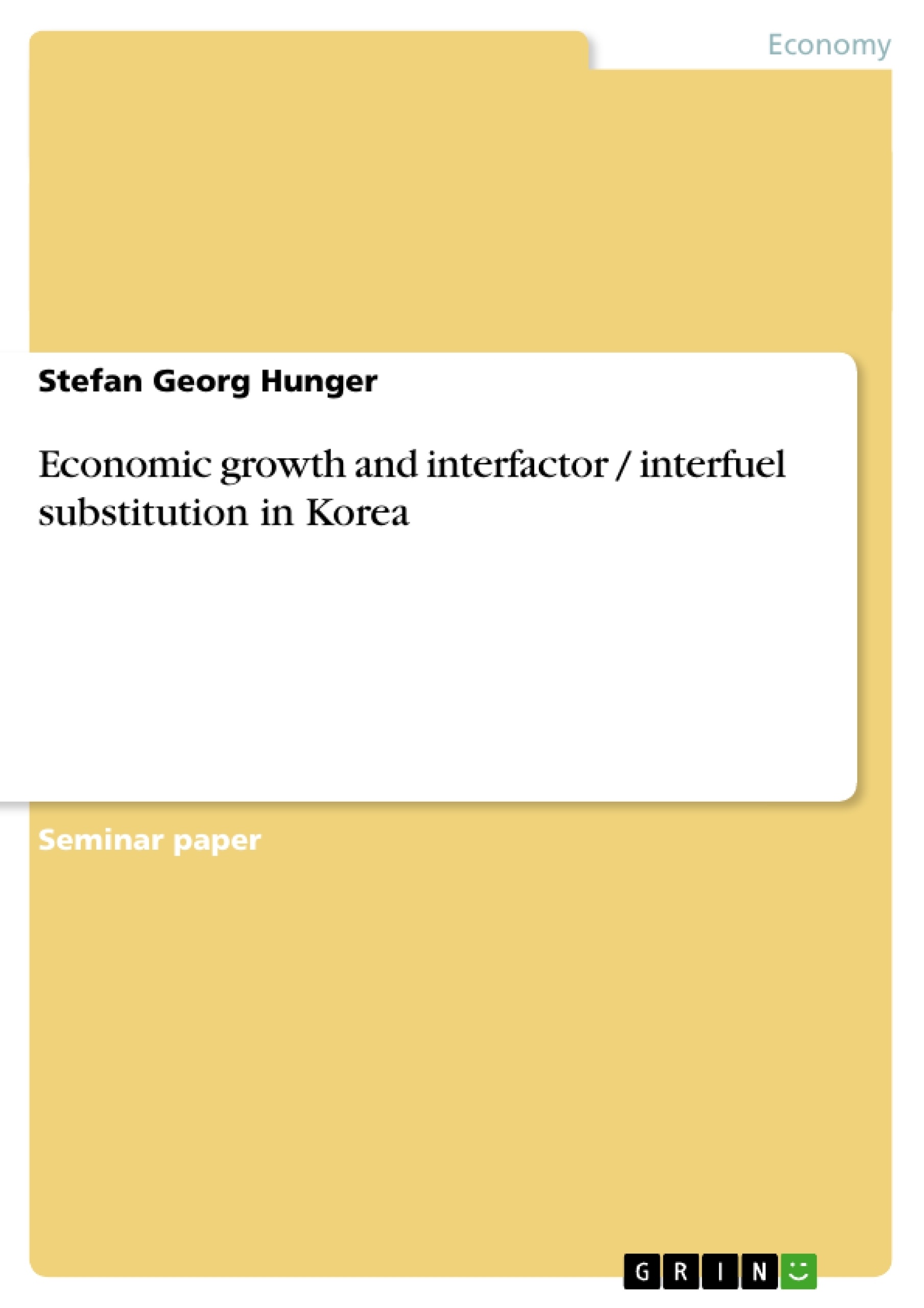South Korea, the Asian peninsula of Manchuria separating the Yellow Sea and the Sea of Japan, once known to be one of the world’s poorest agrarian societies, has undertaken economic development since 1962 what has become known as the “economic miracle on the Hangang River”. Nevertheless, Korea’s remarkable economic achievements were threatened by the Asian crisis beginning in late 1997 when the Asian tiger nations suffered from overvalued currencies and a lack of regulation in the financial system led to business incest, inflated asset values, high foreign debt and many other problems. But thanks to successful foreign debt restructuring with creditor banks, the nation is currently on track to resume economic growth. “Korea’s macroeconomic performance since the crisis has been impressive, with strong real growth, low inflation, and rapidly growing official foreign reserves.” Furthermore, since the onset of the crisis, Korea has been rapidly integrating itself into the world economy. To visualize this performance Figure 1 shows the impressive economic development of Korea since 1980 and displays the differences in growth to Taiwan and Austria. With this history as one of the fastest growing economies in the world, Korea is working to become the focal point of a powerful Asian economic bloc. As a result of this overwhelming development within the last two decades, the Korean economy, as well as many other representative developing countries, has experienced both a dramatic increase in oil consumption and an upward shift in wage rates. From a general scientific point of view the relationship between energy consumption and economic growth has been the subject of intense research over the past three decades. However, the empirical evidence is ambiguous. Although numerous studies including all different parts of the world into their analysis have investigated the causal relationship between economic development and energy consumption, it is still hard to say that findings from these studies have reached an overall consensus. However, following a recent study from Wankeun Oh from the Department of Economics at the Hankuk University of Foreign Studies in Seoul, “the empirical results for the case of Korea suggest the existence of a long run bidirectional causal relationship between energy and GDP”.
Inhaltsverzeichnis (Table of Contents)
- 1 Introduction
- 2 The model
- 2.1 The static model
- 2.2 The dynamic model
- 3 Estimation
- 3.1 Data description and estimation procedure
- 3.2 Interfactor model
- 3.3 Interfuel substitution
- 4 Sub-period analysis
- 5 Conclusion
Zielsetzung und Themenschwerpunkte (Objectives and Key Themes)
This research aims to examine the relationship between economic growth and interfactor/interfuel substitution in South Korea. The study focuses on understanding how Korea's economic development, characterized by rapid growth and increasing energy consumption, has influenced the use of different production factors and fuels.- Economic growth and energy consumption in South Korea
- Interfactor substitution (i.e., capital, labor, energy)
- Interfuel substitution (i.e., oil, coal, other fuels)
- The impact of the Asian financial crisis on the Korean economy
- The long-run causal relationship between energy and GDP in Korea
Zusammenfassung der Kapitel (Chapter Summaries)
- Chapter 1: This chapter provides an introduction to the study, outlining the context of South Korea's economic development and the significance of energy consumption in the country's growth trajectory. It highlights the impact of the Asian financial crisis on Korea's economy and explores the existing research on the relationship between energy consumption and economic growth.
- Chapter 2: This chapter presents the theoretical framework used in the study. It describes the static and dynamic models employed to analyze interfactor and interfuel substitution in the Korean economy.
- Chapter 3: This chapter discusses the estimation procedures used in the study. It outlines the data sources, data description, and estimation methodology employed to analyze both interfactor and interfuel substitution.
- Chapter 4: This chapter delves into a sub-period analysis, examining the changes and trends in interfactor and interfuel substitution within specific periods of South Korea's economic development.
Schlüsselwörter (Keywords)
This research focuses on the interfactor and interfuel substitution in South Korea. Key concepts include economic growth, energy consumption, the Asian financial crisis, causal relationship between energy and GDP, static and dynamic models, data description and estimation procedures, and sub-period analysis.- Citation du texte
- Stefan Georg Hunger (Auteur), 2005, Economic growth and interfactor / interfuel substitution in Korea, Munich, GRIN Verlag, https://www.grin.com/document/44828



